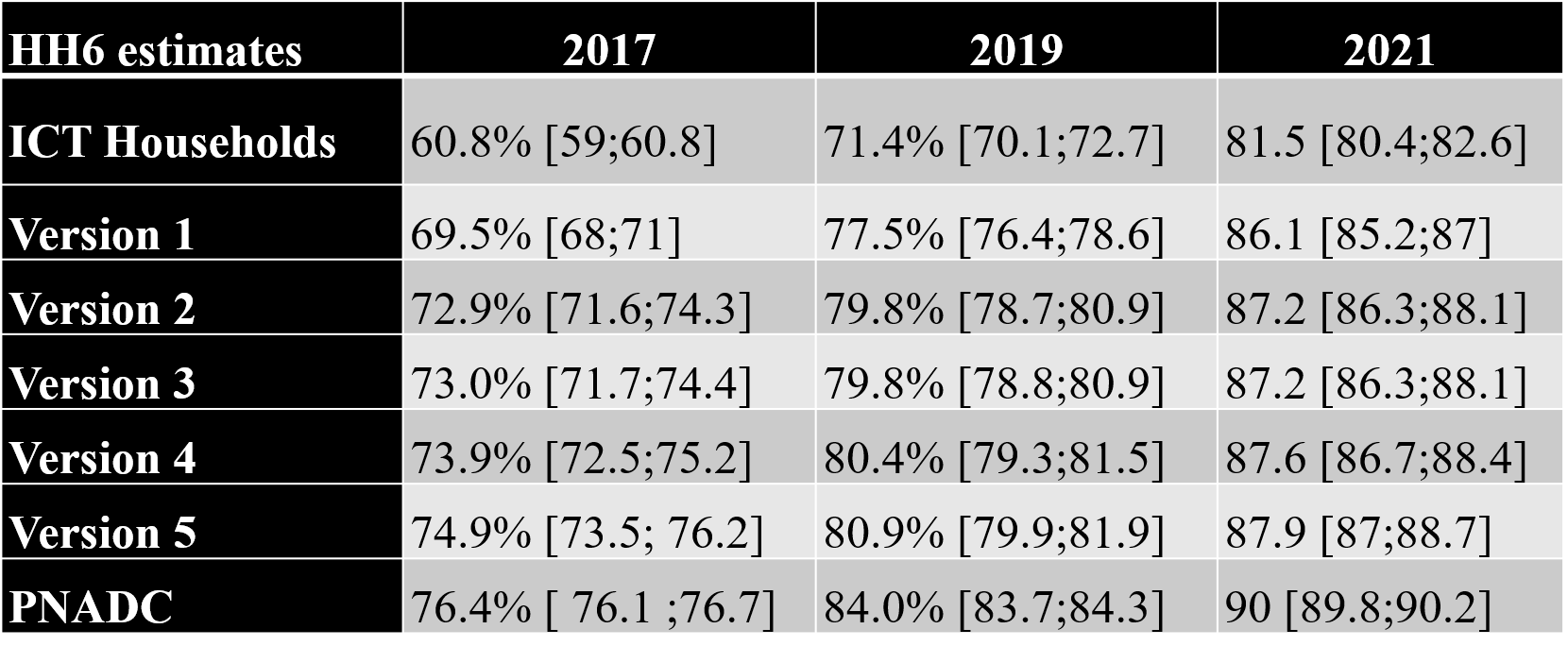Ways of measuring internet access in Brazil by different household surveys
Conference
64th ISI World Statistics Congress
Format: CPS Poster
Keywords: indicators, internet, survey
Session: CPS Posters-07
Tuesday 18 July 4 p.m. - 5:20 p.m. (Canada/Eastern)

Abstract
Official statistics are mainly based on administrative records or sample surveys and censuses, such as household surveys, and investigate various social phenomena. This article investigates methodological aspects of ICT indicators on internet access (HH6), produced by Brazilian surveys: the Continuous National Household Survey by IBGE – the Brazilian NSO, and ICT Households by CETIC.br - a department of the Brazilian Network Information Center (NIC.br), comparing their methods, concepts, definitions and results. We highlight that operational definitions for internet access are not the same on both surveys, providing HH6 indicator estimates that are statistically different. IBGE adopts the definition of individual mobile service, as the household is classified as having Internet access if at least one resident has the service available. Meanwhile, ICT Households considers internet access as a utility service at home, available to any of the residents. It is interesting to point out that this reading also differs across the world as, for example, countries in the European Union, Japan, Australia and the United States follow the same line as IBGE, while countries in Africa, Mexico and Canada endorse the same definition as implemented by CETIC.br, which in turn ratifies the orientation of the ITU (International Telecommunication Union). Given the divergence of estimates on internet access from the two sources, the paper discusses concepts and definitions, and calculates indicators aiming at comparing survey estimates by bridging the data collection gaps. The final results demonstrate success of this compatibility and harmonizing exercise, allowing the production of proxy estimates and elucidating factors that may influence the measurement process.
Figures/Tables
Table1



